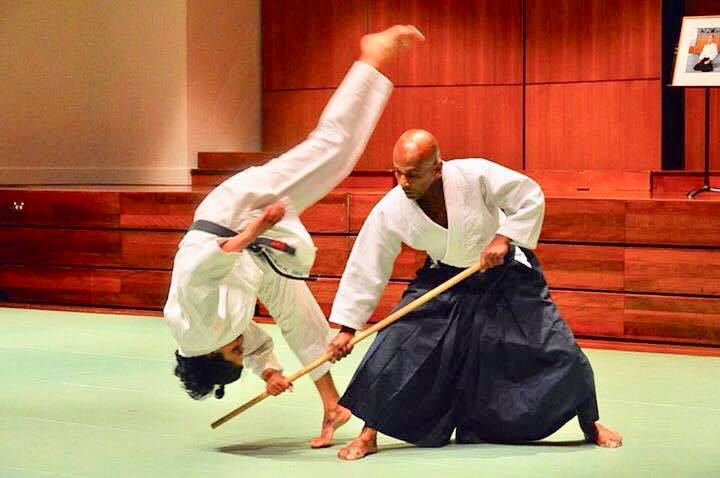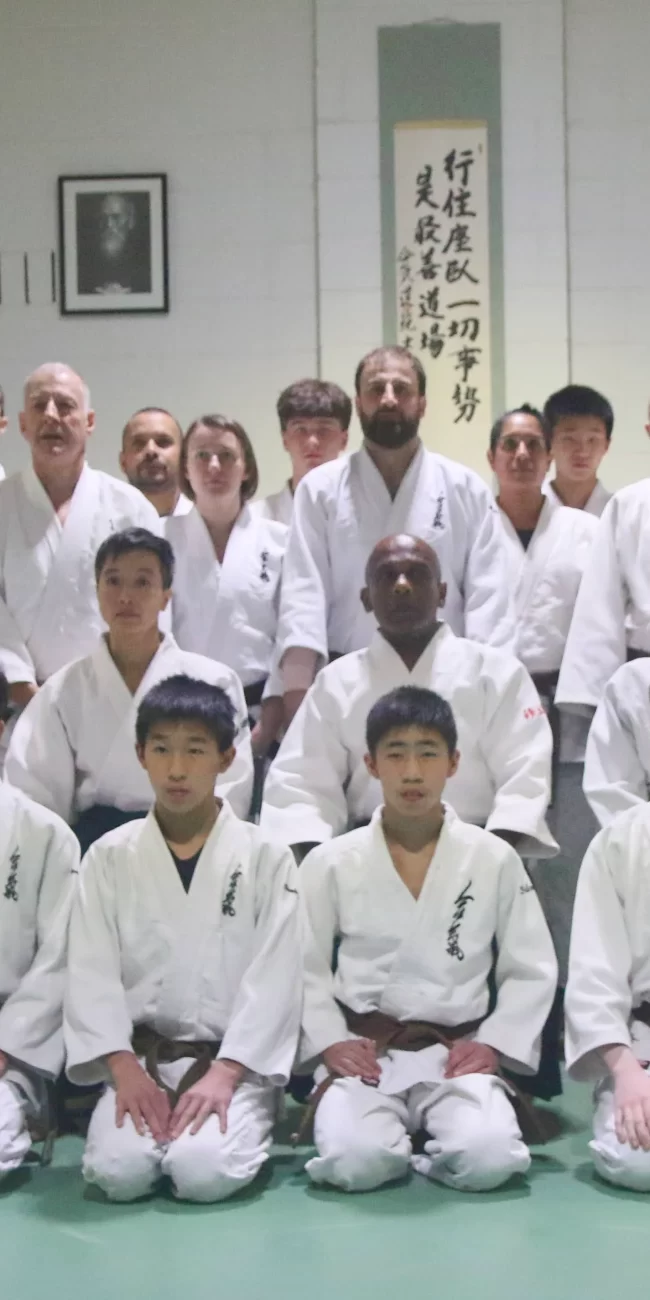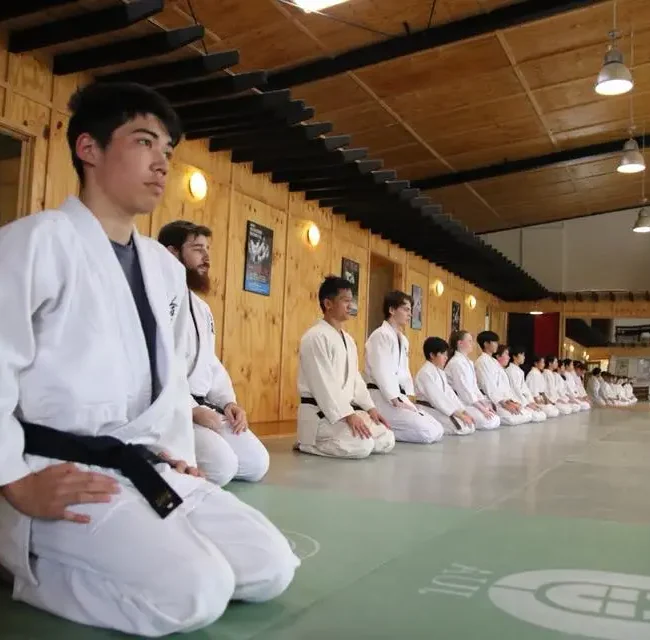
Unlocking Aikido’s Secrets: From History to Modern Practice takes us on a captivating journey through the development, techniques, and principles of Aikido – a Japanese martial art that emphasizes blending with an opponent’s force rather than confronting it head-on. In this comprehensive article, we will delve into the roots of Aikido, explore its transformation over time, and understand how its profound philosophy shapes its practice today.
From History to Modern Practice
Aikido, a martial art rooted in Japanese tradition, has intrigued practitioners and enthusiasts worldwide. Let’s unlock the secrets behind its evolution and its relevance in contemporary times.
The Birth of Aikido
The origins of Aikido can be traced back to Morihei Ueshiba, known as O-Sensei, meaning “Great Teacher.” O-Sensei synthesized his knowledge of martial arts, including Jujutsu and Kenjutsu, along with his spiritual beliefs to create Aikido. This synthesis aimed to promote harmony and protection without causing harm to the attacker.
Philosophy of Blending
Aikido’s core philosophy revolves around harmonizing with an opponent’s energy and redirecting it. This principle, known as “Aiki,” forms the foundation of Aikido techniques. Practitioners learn to use an assailant’s energy to control and neutralize a confrontation.
Evolution of Techniques
From its early days, Aikido underwent refinement and expansion. Diverse techniques were developed, including throws, joint locks, and pins. Each technique emphasizes grace, fluidity, and minimal effort to achieve maximum impact. The techniques are not only effective for self-defense but also cultivate a sense of mindfulness and balance.
Influence of Traditional Japanese Culture
Aikido’s evolution is intertwined with traditional Japanese culture and values. The emphasis on respect, discipline, and humility reflects the broader cultural context in which it developed. These values extend beyond the dojo (training hall) and influence practitioners’ daily lives.
Aikido in Modern Context
In today’s world, Aikido remains relevant, offering physical and mental benefits. Its non-aggressive approach appeals to individuals seeking self-defense skills without aggression. Aikido’s emphasis on mental clarity, adaptability, and self-awareness also makes it a popular choice for personal development.
Unlocking Aikido’s Secrets: From History to Modern Practice – FAQs
What is the significance of “Aiki” in Aikido?
“Aiki” is a central concept in Aikido, emphasizing the blending and redirection of an opponent’s energy. It symbolizes harmony and illustrates Aikido’s non-confrontational approach to self-defense.
How does Aikido differ from other martial arts?
Unlike many martial arts that focus on aggression and force, Aikido prioritizes using an opponent’s energy to control and neutralize conflicts. Its emphasis on redirecting energy sets it apart.
Is Aikido only about self-defense?
While self-defense is a fundamental aspect of Aikido, its philosophy extends to personal development, stress relief, and cultivating mindfulness. It’s a holistic practice that benefits both body and mind.
Can Aikido be learned without a physical instructor?
While there are resources available for learning Aikido online, having a qualified physical instructor is highly recommended. Aikido involves nuanced techniques that are best learned through hands-on guidance.
Conclusion
Unlocking Aikido’s Secrets: From History to Modern Practice unveils the captivating journey of this Japanese martial art. With its roots in tradition and its relevance in contemporary society, Aikido continues to inspire individuals seeking physical prowess, mental balance, and personal growth. As we reflect on the evolution of Aikido, we recognize its enduring legacy as a powerful tool for harmony and self-discovery.





